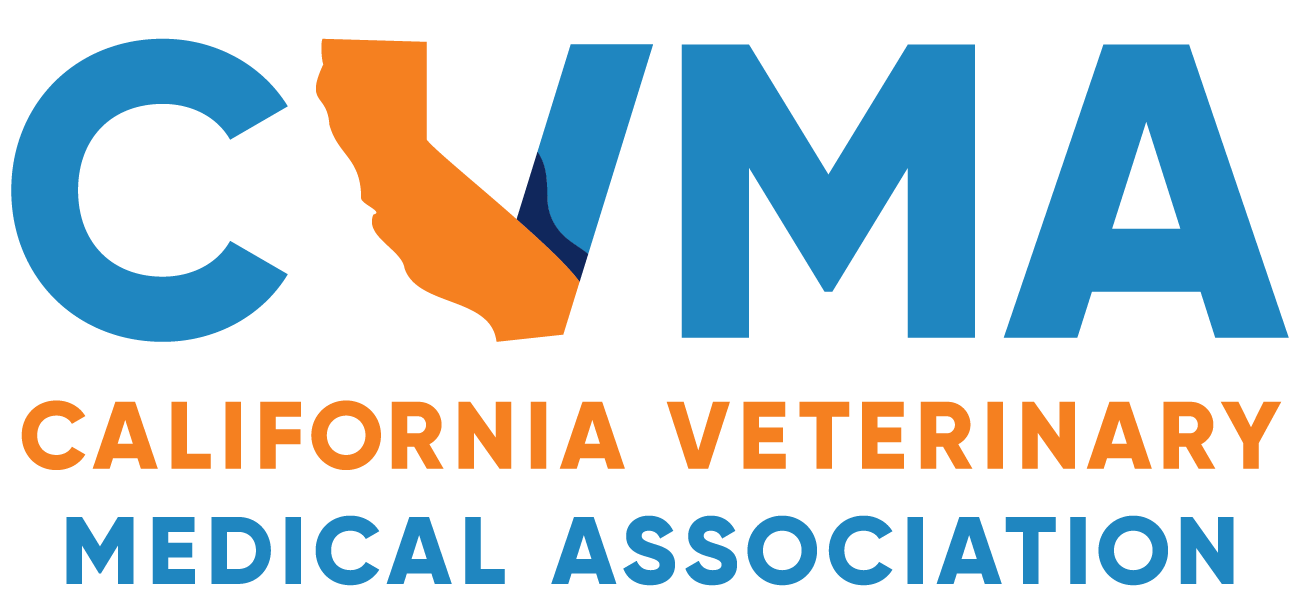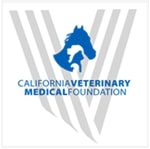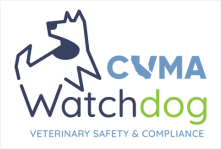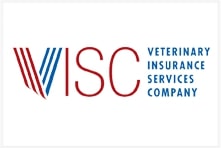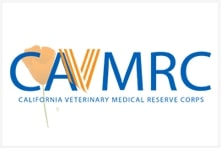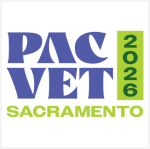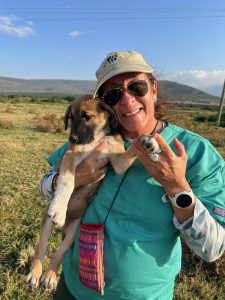This article was originally printed in the March/April 2025 issue of the California Veterinarian magazine.
In 2007, the United States successfully eliminated canine rabies transmission. Globally, however, dogs remain the principal source of human rabies infections, killing about 60,000 people annually. About 95% of human cases of rabies are transmitted by domestic dogs. Controlling dog rabies transmission through periodic mass vaccination reduces human exposure.
The World Health Organization, along with collaborating agencies, has set the goal to eliminate dog rabies transmission by the year 2030. The recommendation is to vaccinate no less than 70% of the dog population against rabies to control and potentially eliminate human rabies fatalities due to dog bites.
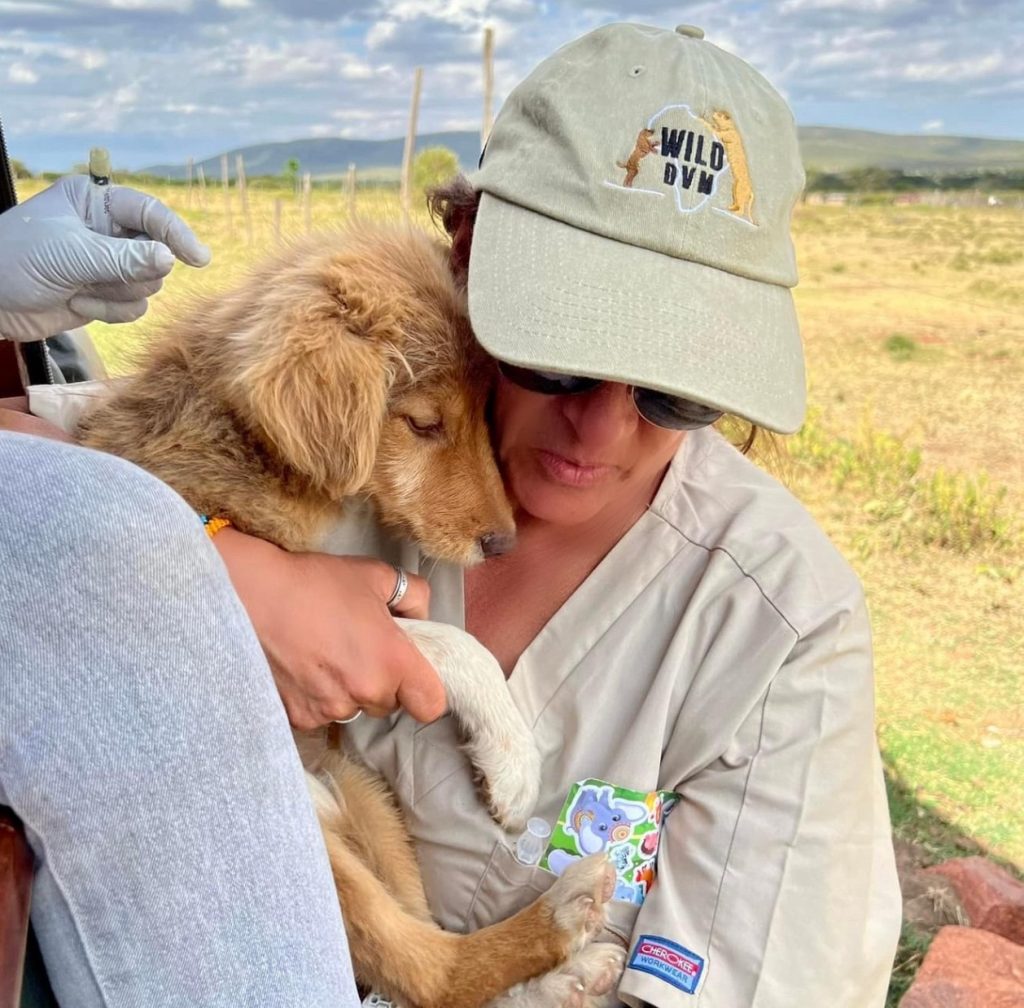
Mexico reached this goal in 2019 after 29 years of massive dog rabies vaccination efforts despite having an estimated 24 million dogs living in the street.
There are still many other countries working towards achieving the same goal, including those in Southeast Asia, Central and South America, the Caribbean, and Africa.
To help eliminate human rabies causalities, I founded a non-profit organization named Wildlife Damage Veterinary Management (Wild DVM).
I have traveled to a variety of countries in Africa including Botswana, Kenya, Rwanda, South Africa, Zambia, and Zimbabwe—to manage wildlife damage and protect all species and human welfare, and it is the Maasai Mara region in Kenya I keep going back to.
Kenya is one of the countries most in need of eliminating rabies transmission through dog bites, and the country has committed to the challenge of achieving this goal by 2030. Kenya started a massive vaccination campaign in 2015, but lack of resources and the onset of the COVID-19 pandemic stopped the project short. In 2023, Kenya began new vaccination efforts with the help of international organizations.
Through Wild DVM, I chose to work in the remote areas of Kenya’s Maasai Mara. This area has isolated villages that rely on dogs to guard the population’s cattle from predators. The Maasai people are, for the most part, considered nomads, as they move around in search of grass. They traditionally measure their worth by the number of cows they own. Unfortunately, with population growth, the competition for grass has become a big issue, especially during droughts. Wildlife conservation areas are overpopulated with grazing herds, creating conflict between people, cattle, and wildlife.
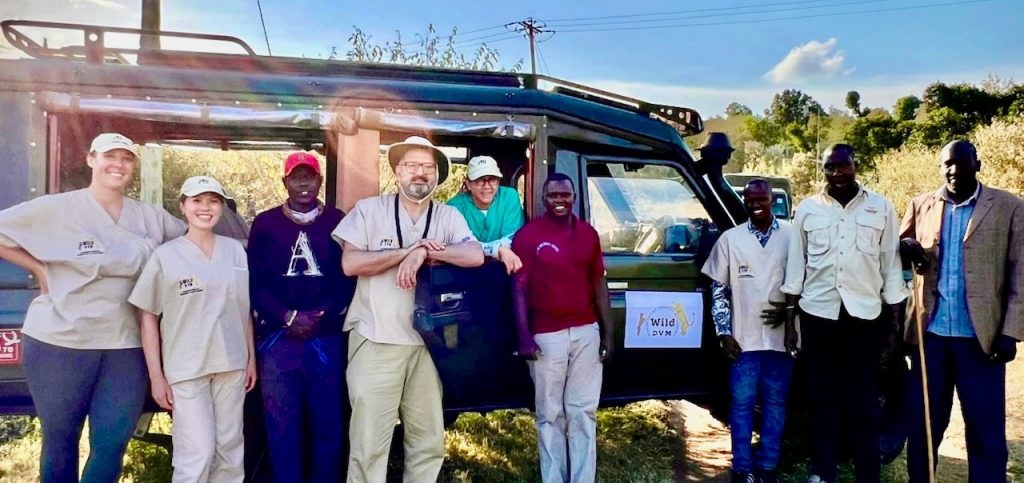
In Kenya, the hunt and consumption of wildlife is prohibited. You cannot kill or harm wildlife to protect your cattle. There is a government compensation program for heads lost due to predators. Village guard dogs are needed to alert their owners of predatory activity, mainly lions approaching the villages at night. There are conservation organizations and projects to mitigate the conflict between wildlife and people.
There is a large population of village guard dogs that are exposed to wildlife. These dogs have no medical care and have not been vaccinated nor dewormed, as local resources are scarce.
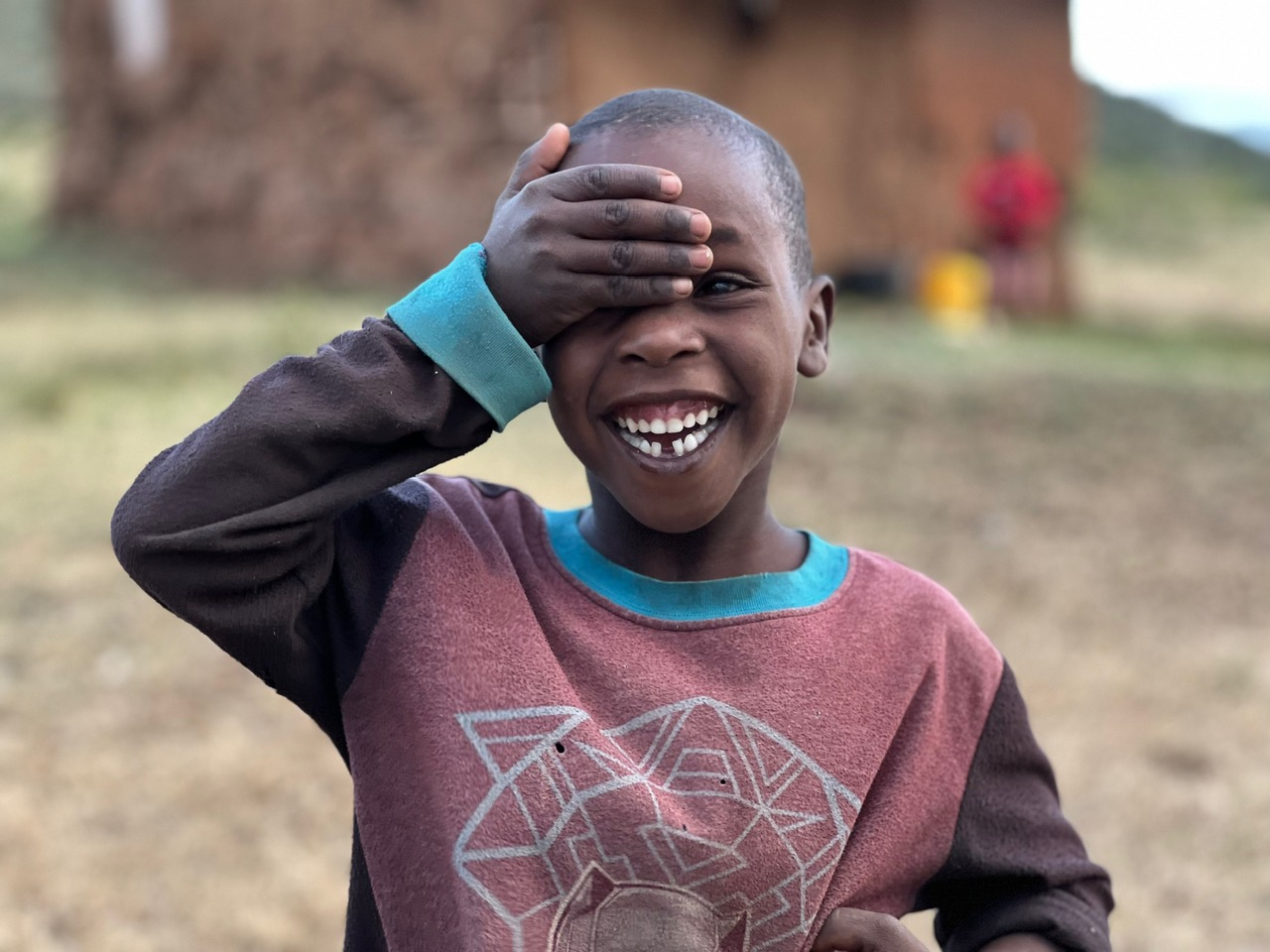
Children are the most at risk when the village is exposed to a rabid dog, as they interact closely with their dogs. Sharing living areas with wildlife is dangerous enough; losing someone to rabies is unthinkable. Local public education and veterinary care is needed to address this matter, and this is where we can help.
In 2023, I started my first rabies vaccine campaign in the Maasai Mara. The Mara is divided into 24 conservancies. The Mara North Conservancy already has the largest ongoing vaccination project.
My plan is to rotate through all other conservancies and vaccinate as many dogs, cats, and donkeys as I can with the help of an American- Kenyan veterinary team. Our team is composed of veterinarians, veterinary technicians, and other volunteers who assist with writing rabies certificates and documenting the events. The vaccines and dewormers are donated. We provide the rest of the medical supplies and assume the cost of local transportation.
During our recent vaccination campaign, we walked 48 miles, reaching areas inaccessible by car. Catching a village guard dog can be challenging and a risk we are willing to take. We accomplish our task with caution, and the team is required to take the human preventive rabies vaccinations.
The Kenyan part of our team helps with the interpretation of the Maasai dialect and the geography of the areas we need to reach. We all work together and form a great team. We sometimes must carry our lunch meals to the furthest areas from our base camp. The work is rewarding and humbling, as we have been invited into some village homes to share Kenyan tea in appreciation of our efforts.
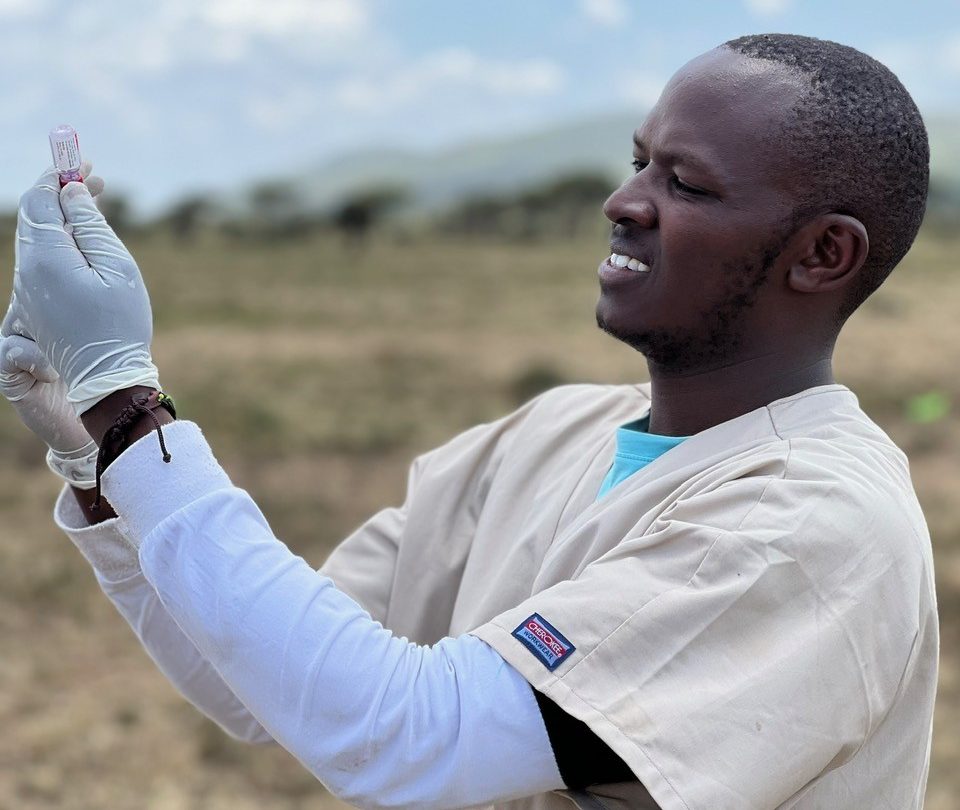
We are already planning our next vaccination campaign. It starts with finding a place to stay within the conservancy we plan to vaccinate. The roads are unpaved and hard to travel, so finding central accommodations is not easy.
Map distances are not helpful if you don’t know the road conditions. A shorter distance may take longer than a farther better-suited route. Due to tourism, nice weather means higher expenses and less availability for lodging, so careful planning is important.
“As veterinarians, there is a lot we can do to help other countries in need.”
You can donate to Wild DVM by visiting wilddvm.com.
